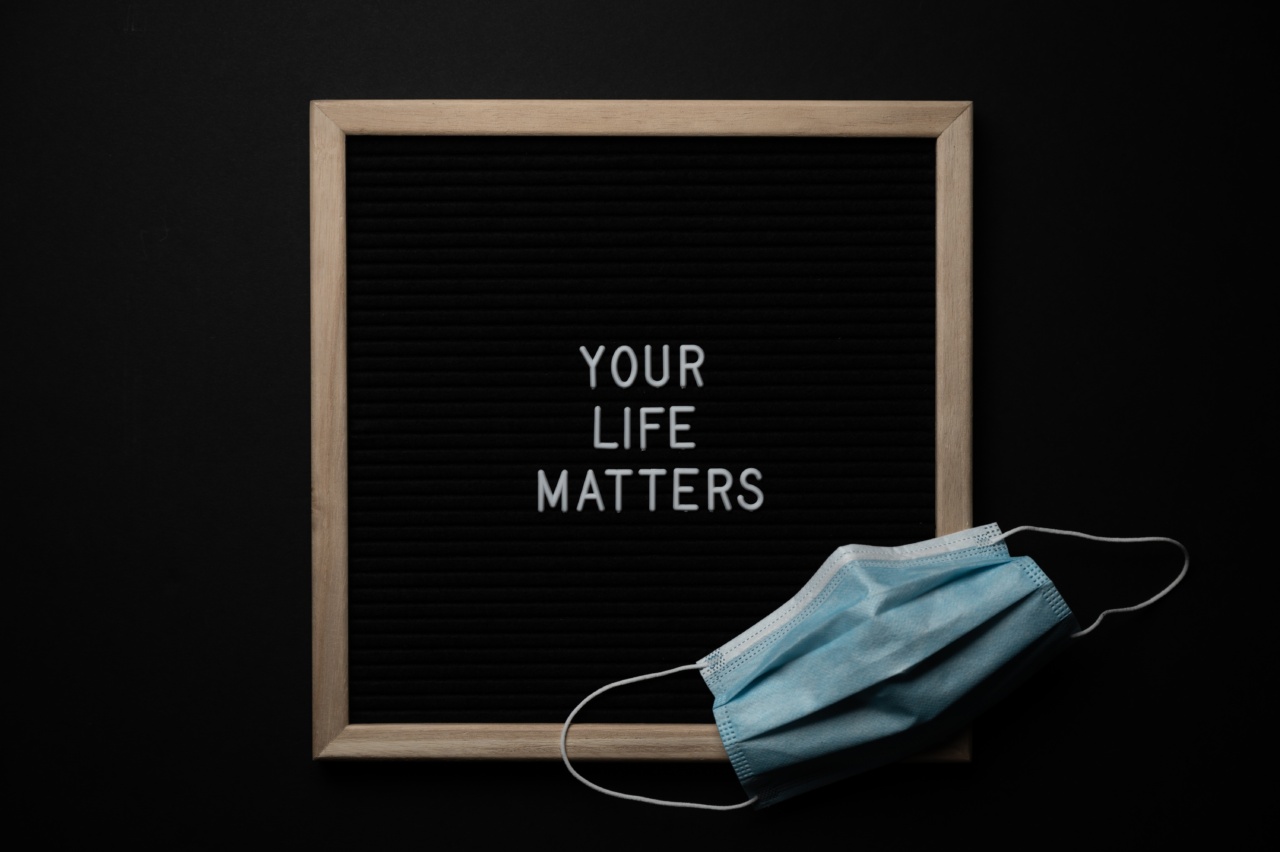Choking is a serious and potentially life-threatening hazard that can occur to anyone, regardless of age or size. It happens when an object becomes stuck in the throat or windpipe, blocking the flow of air into the lungs.
It is crucial to protect yourself and your loved ones from choking hazards by being aware of potential dangers and taking preventive measures. This article will discuss various ways to prevent choking incidents and ensure the safety of your family.
Understanding the Risks
Choking hazards can be found in various everyday objects, especially those small enough to fit in the mouth and obstruct the airway. Understanding the common choking risks can help in identifying potential hazards and taking appropriate precautions.
Choking Hazards for Infants
Infants are particularly vulnerable to choking hazards due to their limited ability to chew and swallow. Some common choking hazards for infants include:.
1. Small Toys and Objects
Infants often explore their surroundings by putting objects in their mouths. Keep small toys and objects out of reach to prevent accidental swallowing and choking incidents.
2. Food
Introduce solid foods to infants gradually, ensuring that they are appropriately prepared and cut into tiny pieces. Avoid feeding them foods that pose a choking risk, such as whole grapes, nuts, or popcorn.
Choking Hazards for Toddlers
Toddlers are curious and love to explore using their mouths, which puts them at a higher risk of choking. Here are some choking hazards commonly faced by toddlers:.
1. Small Toys and Parts
Ensure that any toys given to toddlers are safe and age-appropriate. Beware of small detachable parts that could pose a choking risk if swallowed.
2. Food
Toddlers are transitioning to solid foods but may still have difficulty chewing and swallowing certain items. Cut food into small, manageable pieces and closely monitor their meals to prevent choking incidents.
Preventing Choking in Older Children
As children grow older, the risk of choking still persists but shifts towards different objects and food. Consider the following hazards:.
1. Small Objects
Teach older children to avoid putting small objects, such as coins, marbles, or batteries, in their mouths. Regularly check their surroundings for potential choking hazards.
2. Food
Even with older children, it is crucial to ensure that they are consuming age-appropriate food. Encourage them to take small bites, chew their food thoroughly, and avoid talking or laughing while eating.
Choking Hazards for Adults
Choking hazards are not limited to infants and children; adults can also be at risk. These hazards are often related to food consumption and certain behaviors:.
1. Eating Too Quickly
When we eat too quickly, we tend to swallow larger chunks of food that may get stuck in our throat. Take your time to chew food properly and eat mindfully to reduce the risk of choking.
2. Alcohol Consumption
Consuming alcohol can impair coordination and reflexes, increasing the likelihood of choking incidents. Drink responsibly and be mindful of your intake, especially if you are dining or snacking simultaneously.
Preventive Measures for Choking Hazards
By adopting a few preventive measures, you can significantly reduce the risk of choking incidents for yourself and your loved ones:.
1. First Aid and CPR Training
Enroll in a first aid and CPR training course to be prepared for any choking emergencies. Quick and accurate action can make all the difference in saving someone’s life.
2. Learn the Heimlich Maneuver
Knowing how to perform the Heimlich maneuver can be a life-saving skill. Take a course or consult with a healthcare professional to learn this technique.
3. Be Mindful of Small Objects
Regularly inspect your surroundings, especially areas accessible to young children, for small objects that could be potential choking hazards. Keep these items stored safely out of reach.
4. Supervise Meal Times
Supervise young children during meal times, ensuring they take small bites, chew their food thoroughly, and eat in a calm and seated position. Avoid distractions during meals, such as electronic devices or running around.
5. Stay Informed About Recalls
Frequently check for product recalls, particularly for children’s toys, to ensure you are keeping potentially hazardous items out of your home.
Conclusion
Protecting yourself and your loved ones from choking hazards requires awareness, vigilance, and knowledge of preventive measures.
By understanding the common risks associated with different age groups and adopting preventive strategies, you can minimize the chances of choking incidents and help ensure the safety and well-being of your family.





























